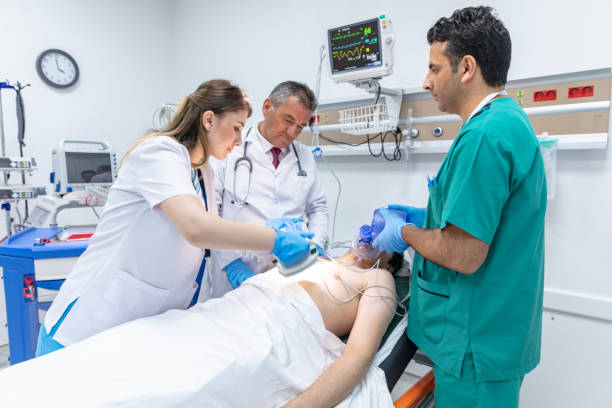Heart attacks are one of the leading causes of death in the United States, and the signs and symptoms of a heart attack or cardiac arrest are often similar to the symptoms of other medical problems. It’s important to know when you or a loved one may be having a heart attack so you can get the help you need, fast.
Keep reading to learn more about the signs and symptoms of a heart attack, and what you can do to prepare for this life-threatening emergency.
In Case of Emergency
If a loved one is exhibiting potential signs and symptoms of a heart attack, it’s important to call 9-1-1 immediately. Heart attacks are incredibly serious and require prompt medical attention. However, there are certain skills you can learn that are helpful to have in the event of an emergency, including training in first aid, cardiopulmonary resuscitation (CPR), and using an automated external defibrillator(AED).
If you’re interested in obtaining a CPR certification, you can search online for CPR AED courses to find a program in your area. Several organizations offer training for CPR. The American Red Cross and the American Heart Association both offer CPR courses, as well as training on how to use AEDs. These courses typically cover first aid and teach you how to respond to medical emergencies such as heart attacks and cardiac arrest while you wait for first responders to arrive.
It’s important to learn the signs and symptoms of a heart attack so you can determine when you’re in an emergency.
Sweating
Sweating can be a sign that something is wrong, such as a heart attack. With a heart attack, the person may sweat excessively, even when it’s not hot. The sweat may be cold to the touch and feel clammy. Related symptoms of a heart attack include chest pain, shortness of breath, and feeling lightheaded or dizzy. If you experience any of these signs or symptoms, seek medical help right away.
Nausea or Vomiting
Nausea and vomiting are two of the most common symptoms of a heart attack. They can occur either before or during a heart attack. Nausea is the sensation of having an urge to vomit, while vomiting is the actual process of throwing up. Nausea and vomiting can be caused by many things, including stomach problems, motion sickness, and migraines. But they are also common symptoms of a heart attack.
One possible explanation for why nausea and vomiting occur in some people during a heart attack is that the same nerves that control the stomach muscles also control the muscles used in breathing. When someone has a heart attack, these muscles may start to spasm, which can lead to nausea and vomiting.
Anxiety or Feelings of Doom
The feeling of anxiety or a sense of impending doom can be one of the symptoms of a heart attack. This is a feeling that something bad is going to happen, and it can be accompanied by other symptoms such as chest pain, shortness of breath, nausea, and sweating. These feelings can be very intense and frightening, and it’s important to seek medical help if you are experiencing this symptom along with any others.
Upper Body Pain or Discomfort
Upper body pain and discomfort can be a symptom of a heart attack. The pain may start in the chest and spread to the shoulders, neck, arms, and jaw. You may also feel pressure or tightness in the chest, a burning sensation in the chest, or unusual shortness of breath.
The pain can be mild or severe and may be sharp, stabbing, or dull. It may be consistent or intermittent (pain that comes and goes). In addition, the pain may be worse when you breathe in, cough, or sneeze.








